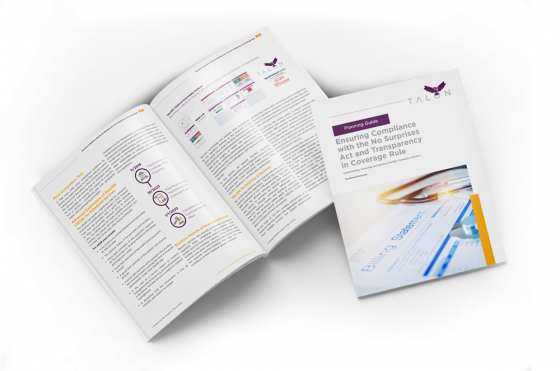Let’s face it, we’re all frustrated by increasing out-of-pocket healthcare expenses. We spend more on premiums, for less coverage, and hope that an unexpected medical claim doesn’t financially ruin us.
Pricing in healthcare is not transparent like other markets where consumers can easily determine the price of something before they buy it. It would be like buying a car without any idea of the final cost until the bill arrives months later and you have to pay for it. And unlike a car, you can’t return your healthcare procedure or sell it elsewhere to recoup some of your money.
In a market without “transparent pricing” and price variations that exceed 1,000% on the same procedure for patients with the exact same insurance coverage, you can be sure that your employees are overpaying for common medical procedures.
By analyzing billions of post-adjudicated medical claims, MyMedicalShopper estimates that employees who do not use a price transparency tool to shop for care are overspending by at least $12.49 per day on healthcare in 2019. That’s an estimated $4,559 per employee per year, wasted by not shopping for routine medical procedures (e.g. blood tests, MRIs, x-rays and immunizations). For a typical company with 100 enrolled employees, that could mean a potential savings of $455,900 per year that could be otherwise invested to drive growth elsewhere.
Getting accurate medical procedure price information is not easy, which is why many in Washington are calling for increased healthcare price transparency. Secret deals between insurance carriers and medical providers are responsible for the dramatic pricing variances above and have made it nearly impossible for patients to determine a medical procedure’s price beforehand.
Without pricing information many consumers overspend on healthcare and fear “surprise bills” they can’t afford showing up months after leaving the doctor. CNBC reported that the high cost of healthcare contributes to two-thirds of personal bankruptcies. And who knows how many patients forego needed care out of fear they can’t pay for it? This is why price transparency solutions are needed to help consumers compare pricing and quality information to find affordable care.
Healthcare price transparency might not cure diseases, but it can cure over-charging for care and help consumers make more informed healthcare decisions.
As we wait to see what our lawmakers in D.C. are going to do to solve the problem, price transparency solutions like MyMedicalShopper give employers and employees the necessary tools to navigate healthcare marketplace pricing and make better-informed care decisions. This empowers everyone to plan for future expenses, reduce out-of-pocket medical costs, and promote access to affordable, high-quality care creating a “win-win” for both employees and employers. After all, who wouldn’t want all their employees to save $12.49 per day on their medical expenses?







